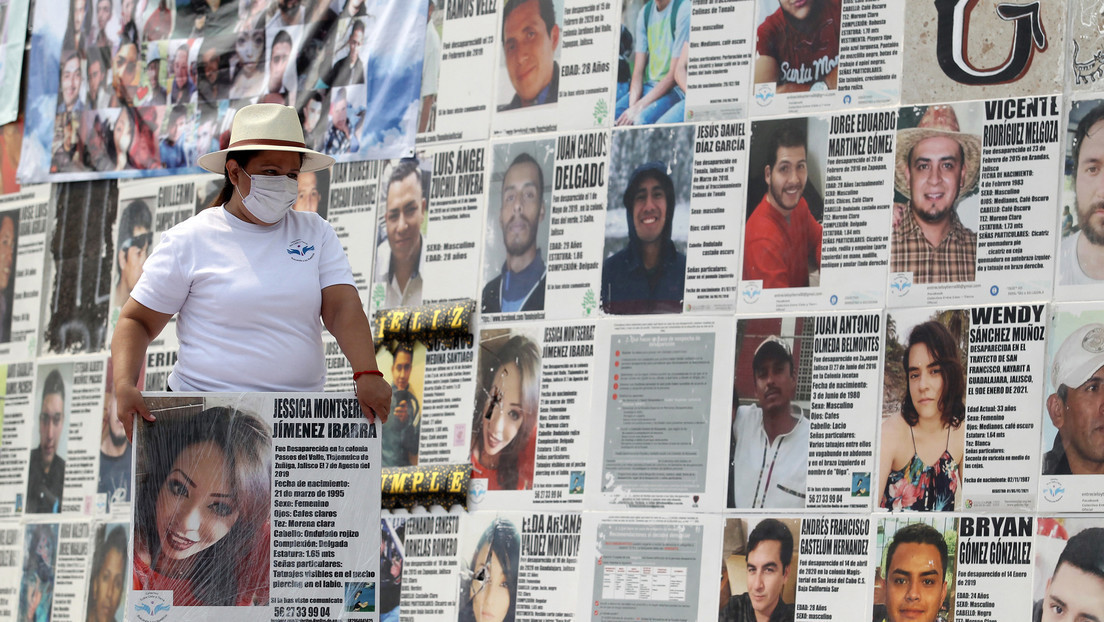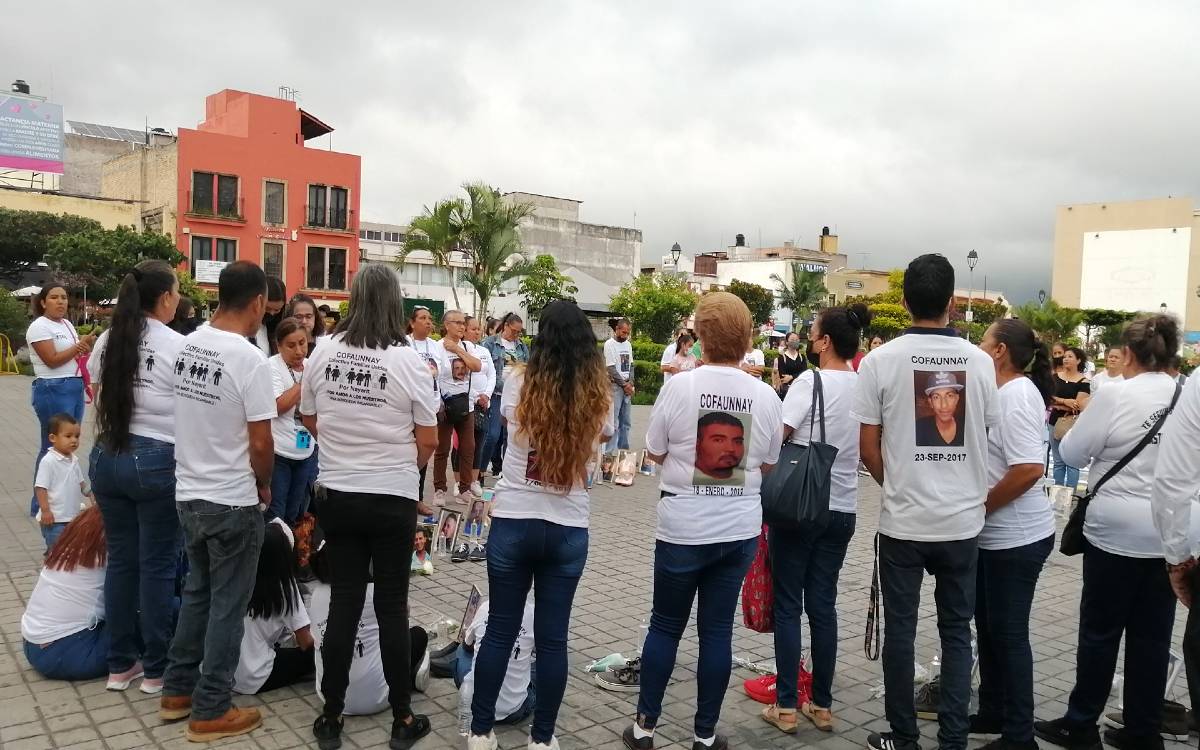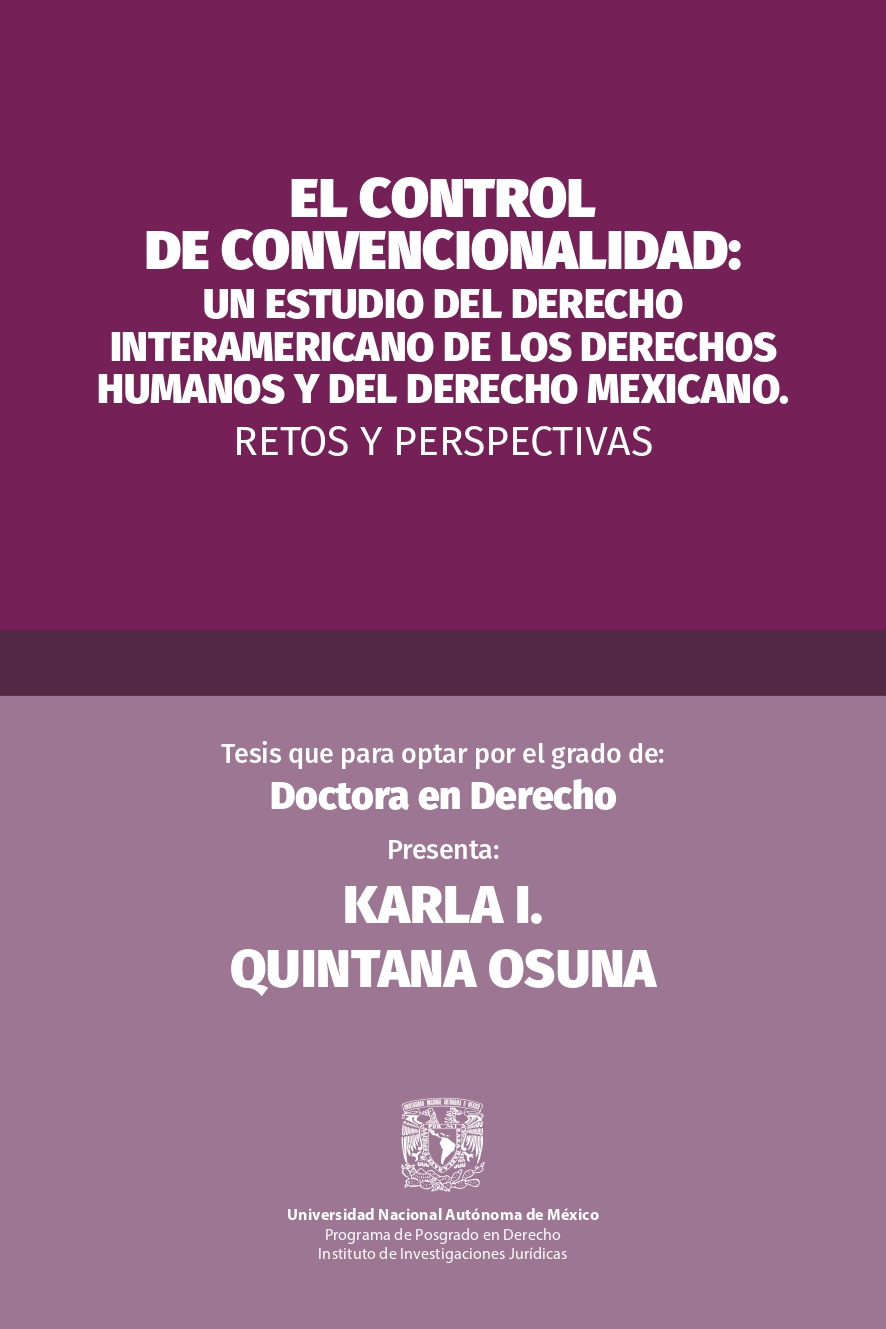Article published on April 12, 2021 by Grupo MILENIO, see original article.
During the 1980s, Guatemala experienced genocide in which the Maya people were victims of hundreds of massacres through what became known as the scorched earth policy, and where thousands of people were disappeared for being seen as oppositional to the regime. Years later, the memory and struggle of survivors, accompanied by human rights defenders, prosecutors, judges, forensic scientists, and national and international organizations, succeeded in advancing processes of truth and justice. One of the fundamental steps in the truth process was to let the land—and what it held—speak. Thus, the graves containing the bodies from the massacres were opened, common graves—like the Verbena—were opened in cemeteries to search for missing persons, and clandestine graves were primarily found in military barracks. How to know who was there? Memory and science with a massive approach have provided the answers.
In Mexico, as of April 11, 2021, there are more than 87,700 people reported as missing; this is the official figure, although it is known that many people do not report a disappearance due to fear or distrust in the authorities. While the principle is to search for them alive, reality has shown us that many of the individuals we seek may be deceased. In that case, the obligation is to identify them and return them dignifiedly to their families. There are tens of thousands of unidentified bodies throughout the country. Every day—and this statement is literal—there are discoveries of bodies. Where do they go? Who performs the autopsies and who takes the samples? Who and how take genetic samples from the relatives of missing persons? Where is this information stored? How is information shared between states?
Las familias de las personas desaparecidas, por años, no solo han buscado a sus familiares en vida y en fosas clandestinas, sino también en los servicios e institutos médicos forenses —que pertenecen, en su mayoría a las fiscalías—, buscan en libros, entran a morgues. Han dado su muestra genética indistintamente a autoridades locales o federales, sin que en la mayoría de los casos sepan siquiera si su muestra fue procesada, si se encuentra en algún sistema y sin tener, incluso, acceso a la misma. Además, casi ninguna fiscalía toma muestra genética de familiares si no han presentado una denuncia, con lo cual, muchas personas con un familiar desaparecido/a no han podido entregar su información genética. Los cuerpos no identificados que llegan a las instituciones —tanto de las fiscalías y tribunales, como, por ejemplo, los que son enviados a las universidades— son inhumados mayormente en fosas comunes de los panteones municipales.
The Coahuila project could serve as a sounding board to amplify the voices of missing persons who may no longer be alive, something that must necessarily be accompanied by other measures of justice and reparation..
What is needed to combat this forensic crisis? To provide institutional responses—both from ordinary and extraordinary measures—to a situation that is far from being controlled and systematized.
The situation regarding forensic information requires a process of analysis aimed at standardizing and articulating it to make it useful. Additionally, it is necessary to establish technical procedures in which all the forensic disciplines involved in the investigation for identification purposes have a logical sequence of analysis and interpretation of information, as only in this way can the probabilities of identification be maximized.
To achieve this, the response is not only economic—contrary to the limitation of the discussion—but it involves addressing the problem from a different methodology. Therefore, it is not only essential to have a genetic database, as already stipulated in the General Law on Disappearance, which assigns this obligation to the Attorney General's Office. While the information from the database is fundamental, the methodology used for collecting samples—both from bodies and relatives—is equally important, as well as the follow-up and information that must be provided to families. There must also be an understanding that not everyone approaches to file a report, and that should not exclude them from their right to identify their missing family member. So far, this comprehensive approach does not exist on a national scale.
In Coahuila, however, in a joint effort between the national and state search commissions, the state prosecutor's office, the state government, and the federal government, and with the support and involvement of families, a massive identification project is being carried out for the first time—similar to the one done in Guatemala—at the first Human Identification Center dedicated exclusively to the search for identifying missing persons—unique of its kind in Latin America. For this, a genetic database has been created that will allow for massive cross-referencing between all the bodies found in mass graves and the families, not only from Coahuila but also from neighboring states, regardless of whether or not a disappearance report exists, with proper follow-up and information provided to the families. In Coahuila, local capacities are also being built using this new methodology of forensic analysis with dignity for both the bodies and the families.
El doctor Clyde Snow, fundador de varios equipos forenses en las Américas —como el guatemalteco, el peruano y el argentino— decía que “los huesos son buenos testigos, aunque hablan en voz baja, nunca mienten y nunca olvidan”. En México tenemos mucho que aprender de los procesos masivos de identificación e, incluso, deberíamos estar pensando en tener un sistema o institución que se dedique exclusivamente a escala nacional a esto. Con las familias, organizaciones nacionales e internacionales y autoridades, se ha construido el Mecanismo Extraordinario de Identificación Forense, pero también el Estado mexicano está obligado a responder con la construcción de una política pública fuerte con capacidades nacionales. El proyecto en Coahuila es la esperanza de ser la caja de resonancia de la voz de las personas desaparecidas que pudieran estar sin vida, dando con ello un paso en el derecho a la verdad, que deberá, necesariamente, venir acompañado de otras medidas de verdad, justicia y reparación.






